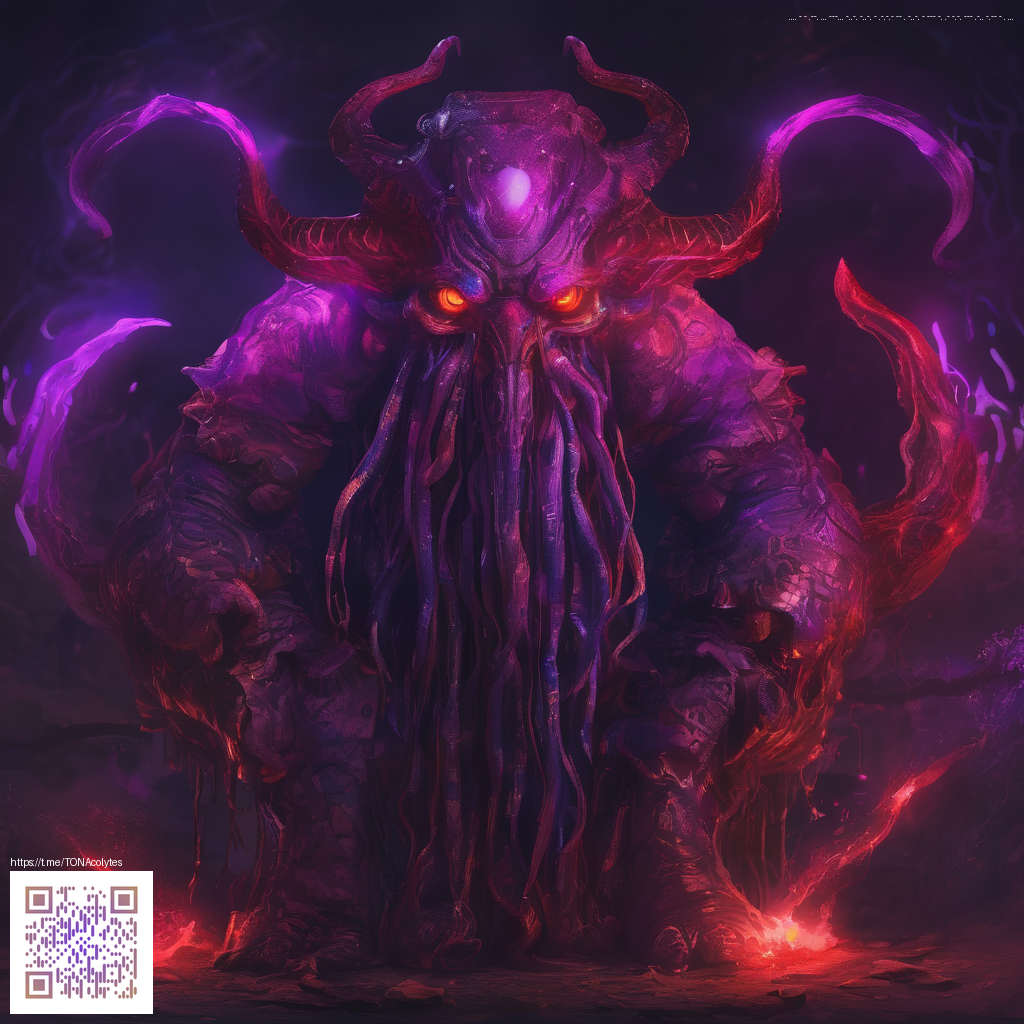
Mastering Cobbled Deepslate Slabs for Submerged Builds
Underwater builds invite creativity and a touch of mystery to your Minecraft world. The Cobbled Deepslate Slab is a dependable workhorse for shaping submerged spaces. It has a sturdy feel, a compact footprint, and a look that graces ancient ruins and sunken fortresses alike. In this guide we explore how to use this block to its full potential beneath the waves.
Block anatomy and mechanics
The slab belongs to the deep slate family and contributes a durable silhouette to underwater architecture. Its basic stats include a solid hardness and a respectable resistance, making it reliable for enduring pressure from currents and explosions. The block is not transparent and does not emit light, so it reads as a dark, matte surface in all lighting conditions. The Cobbled Deepslate Slab supports three placement states: top, bottom, and double. This variety enables subtle texturing by toggling how the slab sits in relation to adjacent blocks. An important feature is waterlogging; the slab can coexist with water inside its voxel space, a property that can simplify underwater layouts by letting you work around water without a flood of new water blocks everywhere. When mined, you typically get the slab back as a drop, letting you reuse it across a project without waste.
For builders who care about compatibility, this block accepts standard pickaxes and fits neatly into any stone or deepslate design vocabulary. Its dense appearance complements other blocks in the same family, such as deepslate bricks and polished variants. If you are crafting a ruined harbor or a hidden reef temple, this slab provides a natural texture that blends with natural underwater features while still maintaining readable lines for pathways and edges.
Practical underwater building tips
- Pattern with top and bottom states to generate ribbed ceilings or stepped walls that read clearly even when the light is dim
- Use waterlogged slabs to place shade or cover surfaces while keeping water behavior around the structure predictable
- Pair slabs with sea lanterns, glowstone, or glow ink sacs to highlight textures without over illuminating the entire scene
- Combine with other deepslate blocks or basalt for visual contrast that respects the underwater mood
- Build long underwater corridors by stacking slabs to maintain a compact footprint and reduce block usage
Design ideas that shine underwater
Think beyond simple walls and floors. A sunken ship hull can gain character when you overlay curved slabs with angled top states to suggest collapsed framing. A reef temple can use alternating slab heights to form terraces that catch light from above while preserving a moody underwater ambience. If you enjoy reef aesthetics, create a grid of slabs to echo natural ledges and break lines, letting your pathways weave through the space like currents. The slab’s heavy presence also works well for fortresses and watch towers that rise just under the surface, with windows that reveal the world above while remaining sturdy below the waterline.
Lighting matters in underwater builds. Because cobbled deepslate slabs do not emit light, control your visibility by layering with light blocks in nearby openings or using glass accents to frame exterior sunlight. Texture the floor with the slabs in varying states to simulate worn paths and ancient pavements. Subtle patterns catch the eye and guide players through the submerged environment without overpowering the natural sea scene 🧱🌊.
Technical tricks and quick setup ideas
When planning an underwater room, draft a simple grid first. Lay down slabs in the top and bottom states to outline the walkway and edge details. The double state is perfect for thicker roof lines or strong buttresses that reinforce the structure. If you want to reduce water flow through passages, consider waterlogging different slabs while leaving gaps for air or dry spaces within larger rooms. This approach helps you control aesthetics without increasing the risk of accidental flooding during construction.
For builders who enjoy mods or tools, WorldEdit style commands can speed up repetitive tasks like trenching a water boundary or duplicating slab patterns along a curved wall. The Cobbled Deepslate Slab integrates cleanly with many texture packs that emphasize stone and ruins, so your underwater base can feel cohesive with your chosen visual language. Always test lighting and placement in lower light levels to ensure your pattern remains legible even when the surface is darkened by depth.
Building culture and community creativity
Communities of builders often experiment with deep slate tones to anchor underwater districts. By combining slabs with other blocks in the deepslate family, players create modular components that can be shared or adapted for different projects. The practical elegance of the Cobbled Deepslate Slab makes it a staple in underwater bases, wrecked shipyards, and submerged observatories. It is the kind of block that rewards thoughtful patterning and careful lighting, inviting you to iterate and evolve your design as your ocean builds grow more ambitious 🧭💎.
As you dive deeper into this material, remember that the underwater environment offers both challenge and charm. A well placed slab not only sets a path but also frames a moment of underwater quiet. Your base becomes a story told in stone across coral gardens and sunken corridors, a place where every surfaced plan returns with a new texture or a fresh line of light.
Whether you are laying a grand submerged temple or a compact reef outpost, the Cobbled Deepslate Slab provides a reliable foundation. It is a block you can trust to perform under water while you experiment with form and function.
For more from the broader Minecraft community and related technology discussions, consider exploring the network resources and fan builds that keep this sandbox lively and evolving. The creativity of builders across installations and servers continues to push what underwater architecture can feel like and look like.
Support Our Minecraft Projects